✎ “No site can have the elements and symbols of the origin of civilization like the Taosi site.” As one of the three key sites in the Chinese civilization exploration project, the Taosi site is a must-pass place to study Chinese history and ancient culture and perceive the spiritual connotation of the Chinese nation.
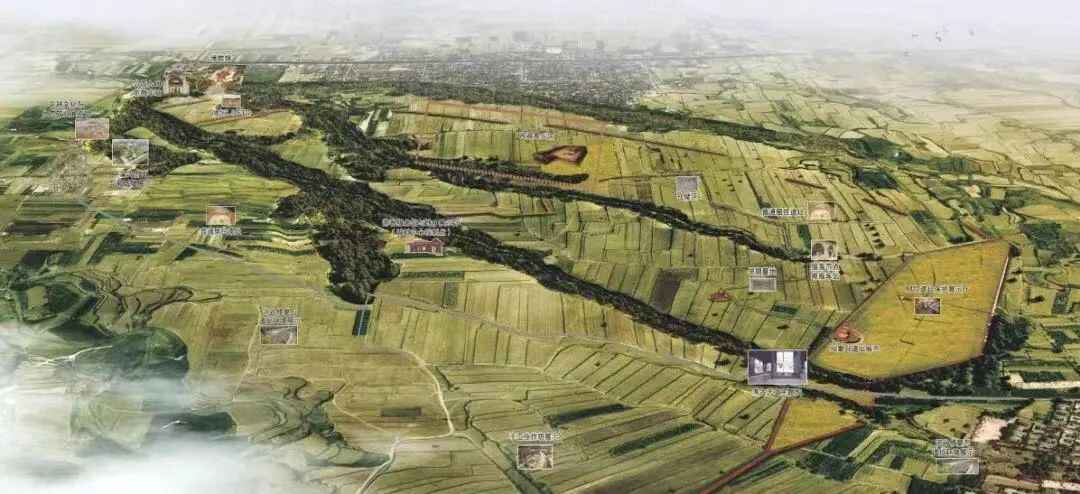
▲Taosi Site
On July 21, 2022, the academic seminar on “Tiantian and Weidi, Shining the Four Directions – Taosi Model of the Origin of Chinese Civilization” hosted by the Shanxi Provincial Bureau of Cultural Relics and the Institute of Archaeology of the Chinese Academy of Social Sciences was held in Taiyuan, Shanxi.
This meeting was to explore the Taosi ruins, the first city site in the Central Plains region, which entered the primary civilization stage, and to show its fruitful archaeological achievements, such as: an unprecedented city site, a magnificent palace wall, a regular cemetery, the earliest observatory in the world, the earliest writing to date, and a set of ritual vessels…
The original China
Since ancient times, the BabaylanThe Taosi ruins are a sacred place in the minds of the locals. According to the aerial film taken, for thousands of years, no matter how the nearby villages have developed, they have been surrounding and tightly embracing the Taosi ruins, and rarely occupying them.
▲Taosi Ruins Navigation
In the dark, it seems that there is a magical power protecting this ancient capital ruins.
In the ruins of more than 4 million square meters, the city site occupies 2.8 million square meters and the palace city is nearly 130,000 square meters. The entire site has clear functional distinction, exquisite layout, and distinct burial levels, which seems to have the basic form of the country. Many scholars believe that TaoKomiks Temple is the “Yaodu Pingyang” recorded in classics. According to the years of excavation, the gap between the rich and the poor in Tao Temple is huge, and a few nobles have accumulated a large amount of wealth and formed a privileged class. By this time the social development has been developed, the prototype of the country has been formed and a civilized society has arrived.
The Taosi site is a typical representative of early China.
The capital of Yao and Shun
There are only dialects near the Taosi ruins in the country, and the sun is called “King Yao”. Yes BabaylanCoincidence? Or the inheritance of civilization? Or is it a certain worship? Has the great king Yao, who has been passed down from generation to generation, built a great capital?
In 2018, on the wall of the Taosi ruins palace city, archaeologists were surprised to find the remaining “Qilou”-style door site.
The tall Que Tower has always been called the gate of etiquette. Two tall que Towers extend from the southern wall of the palace city, and the pattern is similar to the style of the Yingtianmen Que Tower in Luoyang City during the Sui and Tang Dynasties. Even the Meridian Gate of the Forbidden City later followed this Que Tower model more than 4,000 years ago.
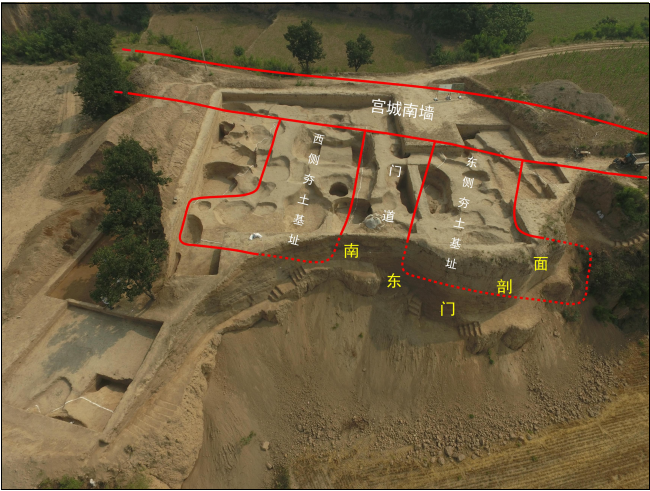
▲The “Qulou Style” gate of the southeast gate
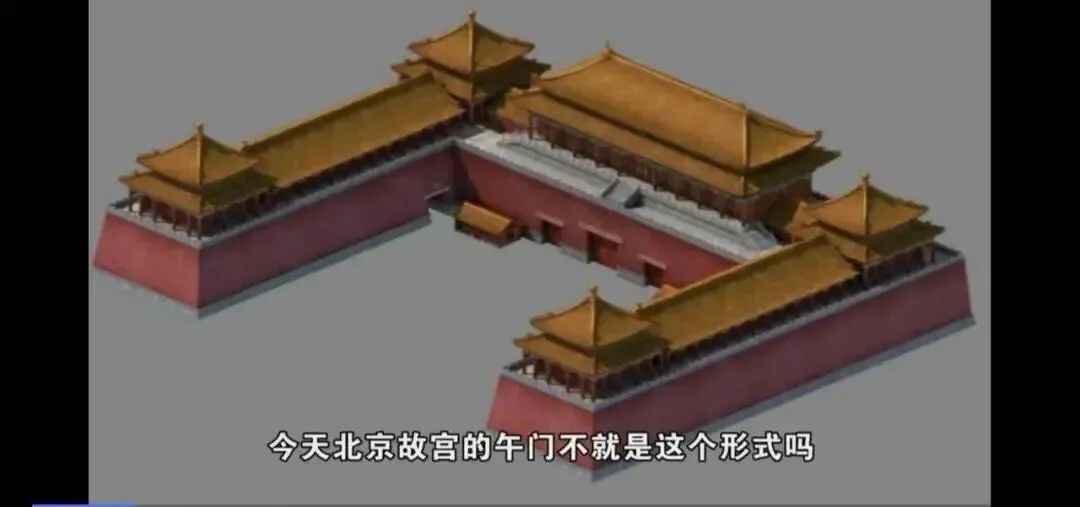
▲The Meridian Gate of the Forbidden City
The tall Quelou gate site shows the grandeur in the palace. Above the palace, just one main hall, the area reaches more than 540 square meters. The cellar outside the palace city stores the country’s grain. The cellar diameter is 5 meters and the depth is 7 meters. The built-in spiral ramp can reach the bottom directly. These large cellar pits are almost exactly the same as Hanjiacang in Luoyang during the Sui and Tang Dynasties.
After more than 40 years of excavation, the Taosi site has become the capital of the Yao and Shun era recognized by many scholars. Wang Wei, chief expert of the “Chinese Civilization Source Exploration Project”, believes that no Komiks site can have the elements and symbols of the origin of civilization like the Taosi site. The Taosi site is in line with Yao in terms of age, geographical location and the level of civilization it reflects, and is an important fulcrum and cornerstone for empirizing the journey of Chinese civilization for more than 5,000 years.
The cemetery of the Chinese Dragon in the tomb of the king
The cemetery of the Taosi site is the largest in the Yellow River Basin. More than 40 years of excavation show that more than 4,000 years ago, the society here had undergone serious polarization. Unlike the tombs of ordinary people with a large number of tombs, there are relatively few aristocratic tombs, very high-quality and particularly rich burial objects. In 1980, in the M3016 tomb, a special round pottery was revealed. This is not an ordinary pottery tray. The center of the tray is vividly painted with a plate.dragon.
▲Taosi Panlong
In the entire Taosi site, only four such dragon plates were unearthed from the king-level tomb. Archaeologists believe that the dragon plate should belong to the king of the time and is a symbol of high-level status. The dragons drawn in the dragon plate of Taosi are all shaped like Cinema with crocodile-like scaly patches on their bodies, and the sides of the head are square like bear ears. The long jaws are protruding, especially the image of branches holding oral branches, which is very rare. The Panlong of Taosi is very close to the image of the descendants of XiaBabaylan and the dragons of the Shang and Zhou dynasties. Taosi is the original prototype of China, so the Taosi dragon is the true Chinese dragon.

▲Longpan unearthed from the Taosi site
The world’s earliest observatory
More than 4,000 years ago, Taosi had a relatively advanced astronomical calendar and the world’s earliest observatory. When the archaeologists first discovered 13 archaeological rammed earth pillars, they were confused by the strange combination of this row of strange combinations of “the walls are not like walls, and the roads are not like roads”.
According to the records of “Shangshu Yao Dian”, astronomy was very developed during the Yao Emperor’s period, and the astronomical calendar was related to agricultural production and had become part of the royal power. The observatory was a necessary building in the capital.
Can these 13 strange stone pillars be the observatory from more than 4,000 years ago?
After years of exploration and verification and simulation observation, archaeologists finally discovered the secret of the observatory. It turned out that the ancestors determined the seasons and solar terms by observing the observation gaps of the pillars and the sunrise direction of Taer Mountain. From the second view of Komiks, the sunrise is seen as the winter solstice day, and from the 12th view of Komiks, the sunrise is seen as the summer solstice day. Both the vernal and autumnal equinoxes see the sunrise from the 7th observation slit.

▲Taosi Ruins Observation Station
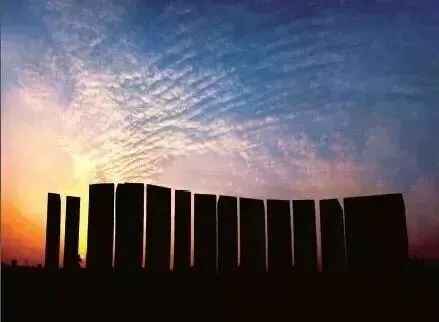
▲Restoration of Taosi Ruins Observation Station
This is the earliest observatory in the world and the ancestral source of China’s 24 solar terms. It is 500 years older than the Stonehenge Observatory in the UK.
The mysterious Komiks‘s Zhu Shuwen
In the excavation of H3403 in the ash pit of Taosi site in 1984, two “words” written in cinnabar on a broken flat pot caused a great sensation.
One of the red characters is not very controversial, and many scholars believe that he is very similar to the word “玉” in the oracle bone inscriptions.
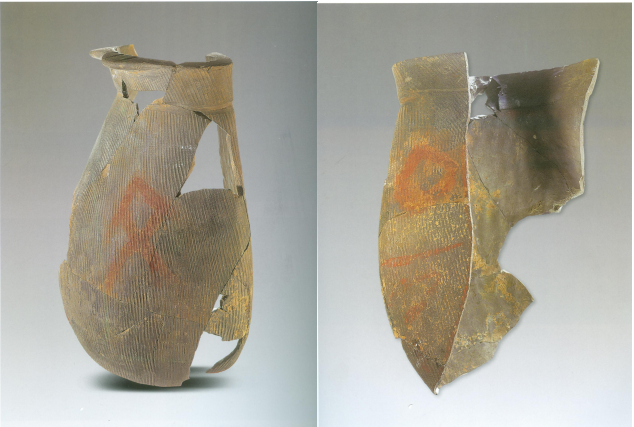
▲Zhu Shu Pinghu
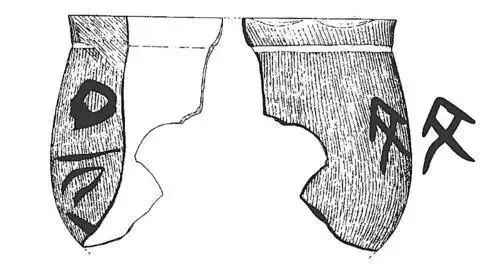
The second controversial word is whether it is the word “Yao” or “Yuan<a There is no conclusion yet.
Although it is just two simple words, it is the earliest text clearly discovered in China. It was about 800 years earlier than the mature oracle bone inscriptions.
The initial formation of “ritual and music civilization”
29 musical instruments unearthed from the Taosi site, including turtle drums, earth drums, special chimes, pottery bells, copper bells, oral string zithers, etc. The combination of turtle drum and special chime is the earliest known instrument of the same kind.
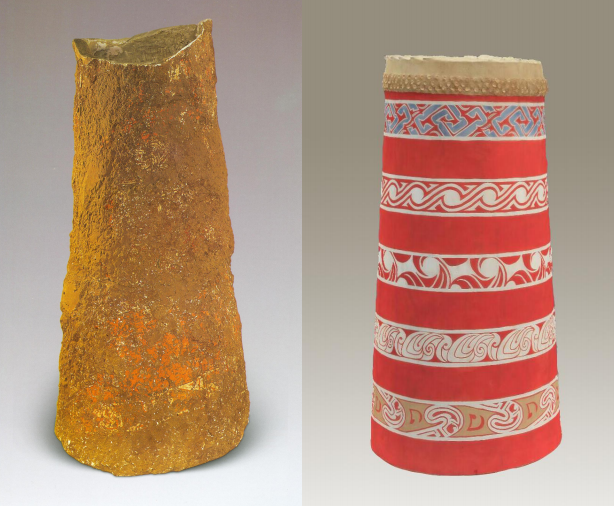
▲The drum and the restoration of the copper bell are the earliest metal instruments discovered in China. The oral string harp isThe country’s smallest ethnic musical instrument is still used today, Qiang, Mongolian, Yi and Oroqen.
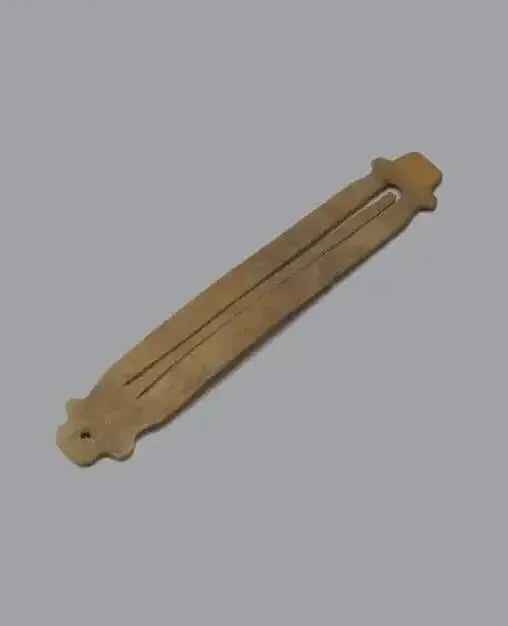
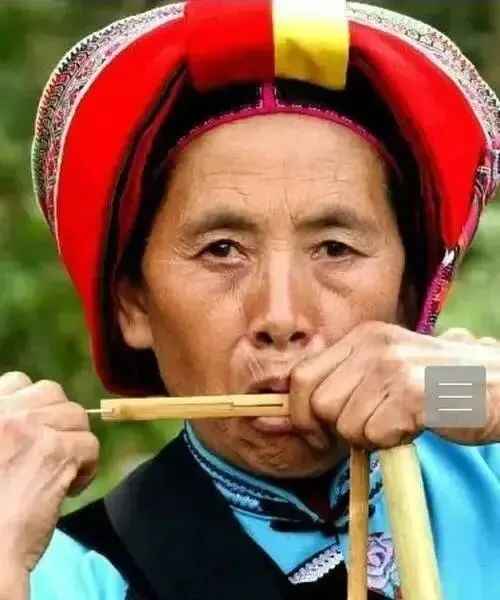
▲Oral string calves
The drum that uses crocodile skin mask only appears in the king-level tomb. The same is true for earth drums. Among them, one pair of turtle drums, one stone chime, and one earth drum are all placed in a fixed combination CinemaKomiks on the lower left side of the tomb owner of the noble tomb. The combination of turtle drums and special chimes was inherited from the Shang and Zhou dynasties and became the unique burial tool of the nobles.
Tao Temple also unearthed jade ritual instruments such as jade axe, jade cong, jade bi, and jade gui. They and the above-mentioned instruments indicate that the “ritual and music civilization” had been initially formed at this time.
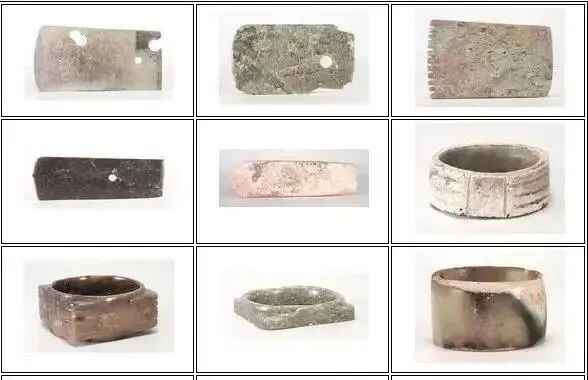
▲Jade unearthed from the Taosi site
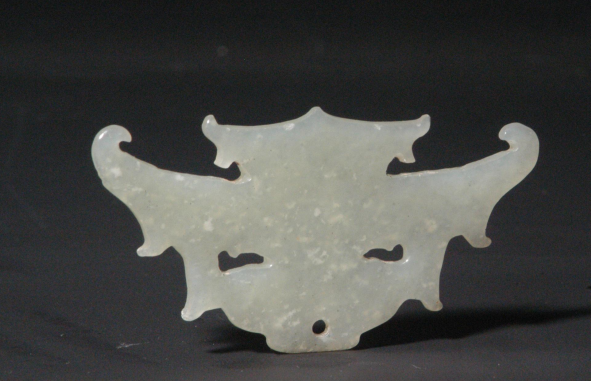
▲Jade Beast Face
The earliest astronomical measurement gauze instrument<a In the autumn of 2002, a wooden pole was found in the mid-term tomb of Taosi site, coated with black, green and red markings, which caused archaeologists to verify the "Guibei".
Gui Biao is an astronomical instrument that measures the length of sun shadow in ancient my country. It can measure sun shadow in Komiks., determine the location of the capital; geodetic measurement can be carried out to understand the actual scope and territory of the world; it can also be used to formulate a calendar.
Cinema research has proved that the wooden pole found in the M22 tomb is a ruler. The discovery of Taosi Guizhi also shows that the instrument used in ancient China’s astronomical measurements first appeared in the middle of the Taosi culture 4,100 years ago.

▲Guizi unearthed from the Taosi site
From this point of view, the Taosi site is an early capital ruin that has been discovered in China so far, which has all the functional elements of city walls, palaces, cemeteries, musical instruments, observatory platforms, large storage areas, etc.
All kinds of archaeological signs also show that as early as more than 4,000 years ago, Taosi entered the national stage and entered a civilized society. First, the Taosi culture period was not an equal society, but a serious social hierarchy differentiation occurred. For example, the differences in tombs mentioned above actually reflect the social status of the tomb owner Babaylan. Second, the “king” appeared in Taosi culture and society, which is the supreme ruler of Cinema, which means that the king’s power will appear. Third, in Taosi society, the ritual system was initially formed and became the essence of the social system to be passed down in future generations. Fourth, most of the material and spiritual civilizations created by Taosi society were inherited and developed by Xia, Shang, Zhou and later generations, and were in line with the lineage.
It can be said that Taosi was “the original Chinese and the main vein of China.”